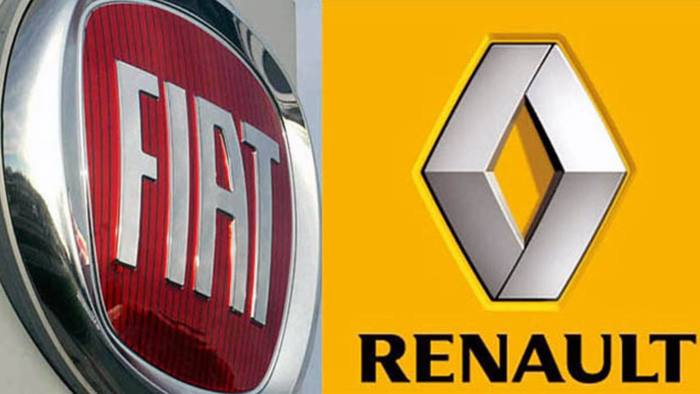After a long period of speculation, Fiat-Chrysler proposed yesterday to merge with Renault and create the world’s third-largest automaker. Although it was Fiat that officially proposed the merger, it seems that the management of the two companies has been talking about it for a while. The complete details of the merger are not yet known, so it is not possible to analyze the deal in depth, but there are some insights that can already be understood to assess whether it is good for investors.
First, there seems to be a slowdown in the global automotive market. Most of the decline comes from China, where car sales slowed for the first time in two decades, but North America also had a slight drop in sales in the last quarter. Failure to reach a solution to the trade war between the US and China and the possibility of imposing tariffs on the import of vehicles from Europe to the US may also weigh on the car market in the coming years. This happens at a time when car companies are required to invest enormous capital in developing autonomous and electric vehicles to compete with new generation companies such as Tesla Motors and Uber. In such an era, a merger between two leading car manufacturers makes sense.
Fiat’s offer to Renault and not to any other company is not surprising; the two companies certainly complement one another. Fiat has strong operations in North America, where Renault’s operations are relatively weak. Fiat has SUVs and pickup tracks such as Jeep and Ram, with significant growth potential in the coming years, while Renault is lagging in this field. Renault’s contribution to the consolidated group will be in the field of electric vehicles, in which it is considered one of the leading manufacturers in Europe. Contrary, Fiat has chosen not to invest even one euro in electric technologies or autonomous systems, but only through cooperation, and therefore joining Renault will propel it directly to the top of the electric race in the automotive market. The partnership with Fiat can also help Reno finally disengage from the Renault-Nissan-Mitsubishi alliance, which was actually forced on it in the past, and embark on a new path.
From a financial perspective, too, Renault has a great interest in agreeing to the merger because of the large debt it currently has. Fiat, on the other hand, has a perfect balance sheet compared to other car companies, with a strong cash pile that is expected to continue to grow in the coming years in light of the strong free cash flow it generates. In other words, Renault will receive a stable financial backing for the continued expansion of the consolidated group.
Fiat has stated that there is no intention to close existing plants of the two companies or lay off employees, but the management estimated that the merger would allow a cost saving of over 5 billion Euros a year. Assuming that this is possible, this could lead to a significant improvement in profitability.
The timing of the merger is also not surprising. Renault is traded at the lowest price level in which it has traded in the last five years. Like Fiat share, Renault share is trading at fairly low valuation (a P/E ratio of 4.6), so Fiat’s merger with Renault comes at a great timing when Renault’s value looks very attractive (remember that the holding in the consolidated company will be 50% -50% for each one).
In the coming week, the Renault Board of Directors will discuss the proposal and decide whether to approve it. In my opinion, the answer will be positive. However, even if this will indeed be the answer, we will have to wait for regulatory approval because this is one of the biggest merger deals in the history of the automotive sector in the world, worth about 35 billion Euros. Bottom line, the merger appears to be positive for the two companies and will bring significant value to the shareholders. I’ll continue to follow and update you when more details come.


Be the first to comment on "Is a merger between Fiat-Chrysler and Renault good for investors?"